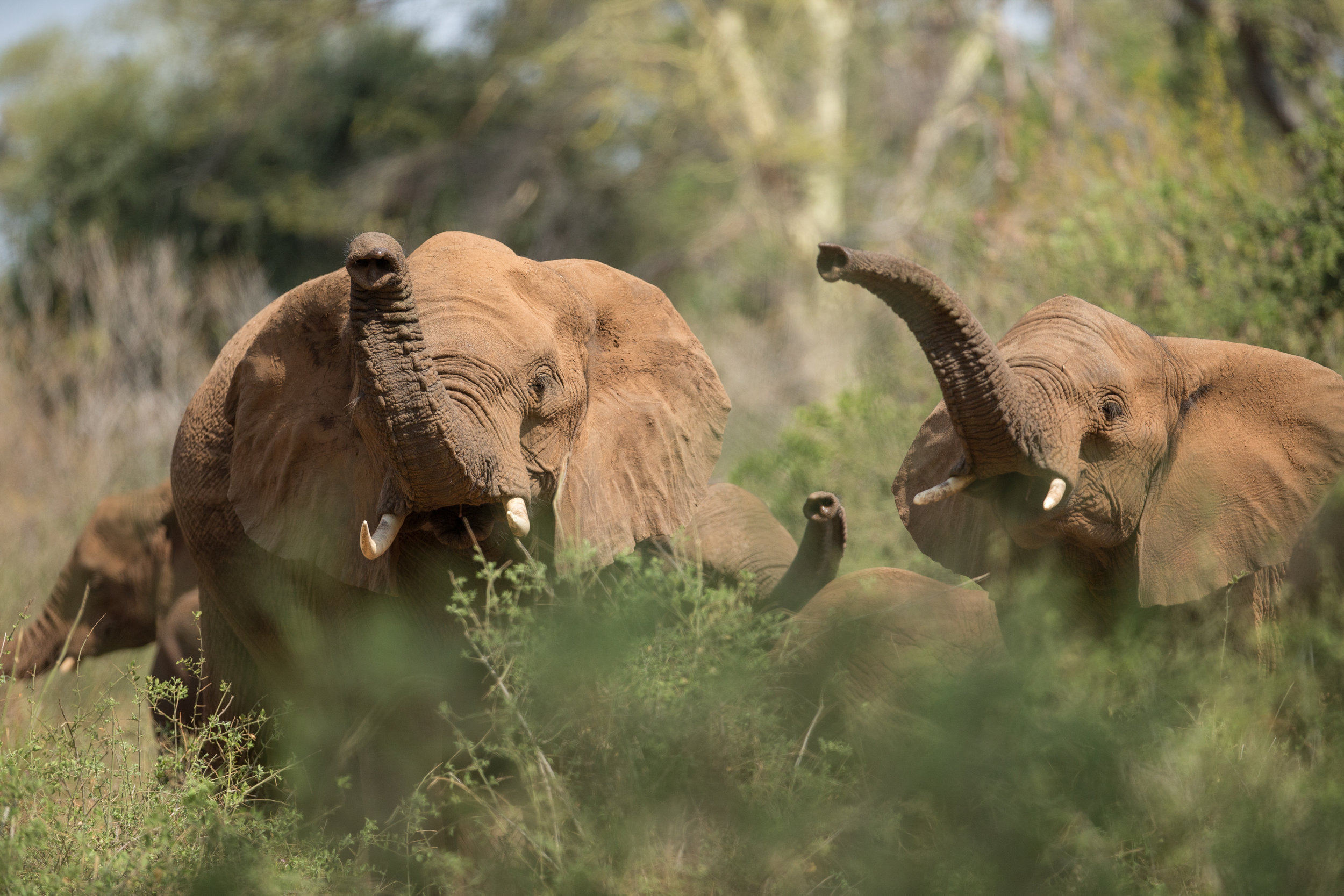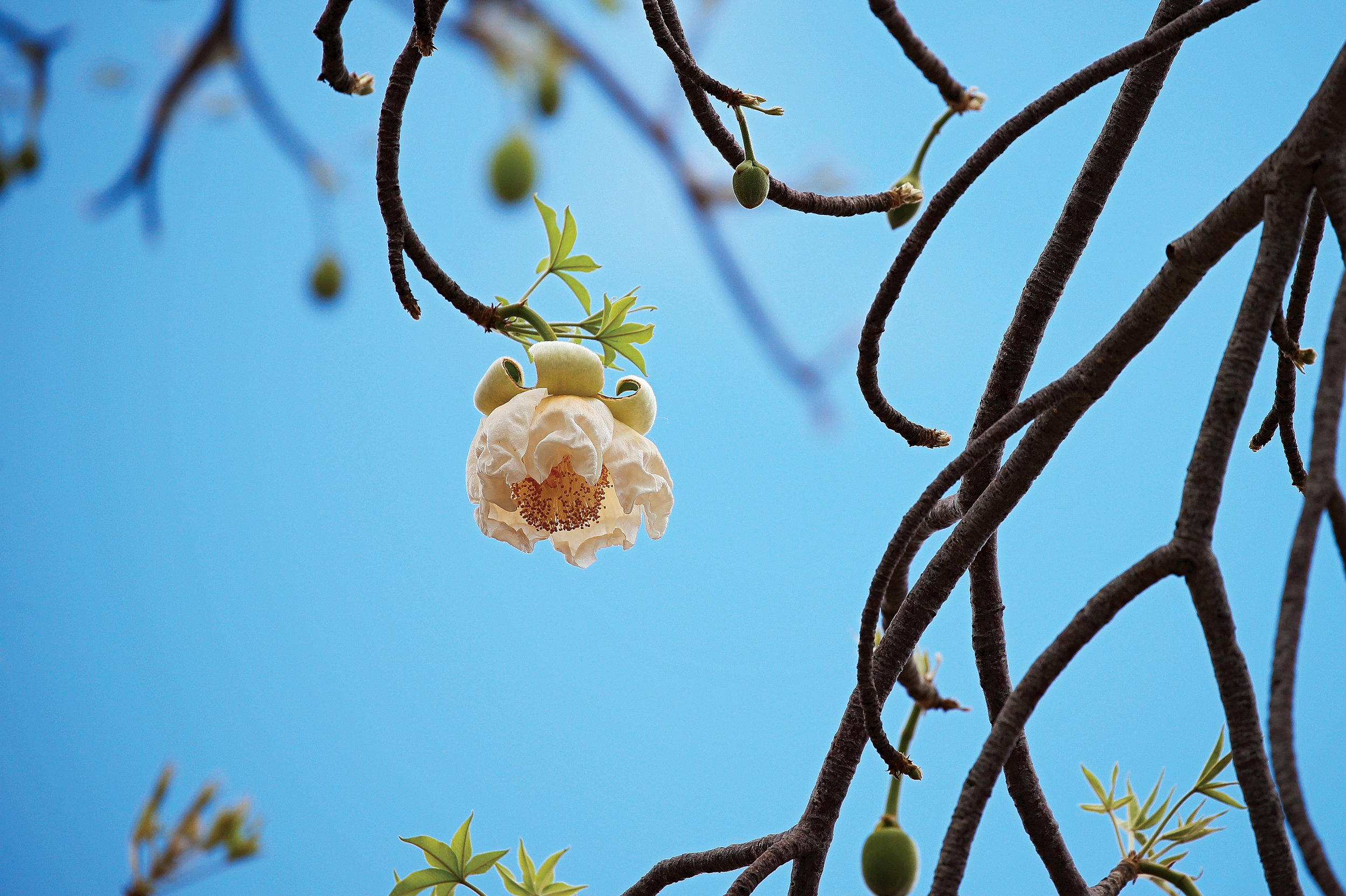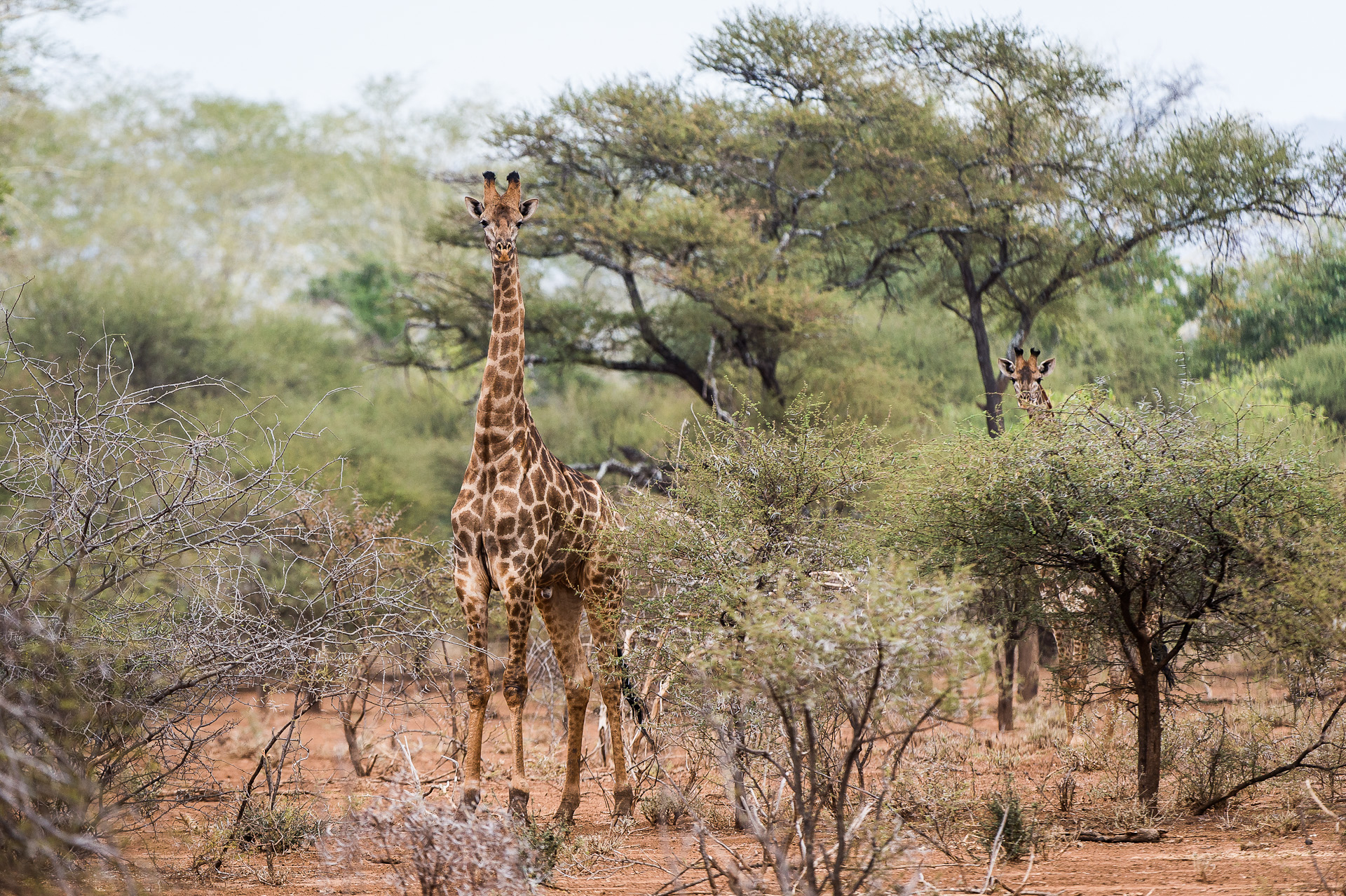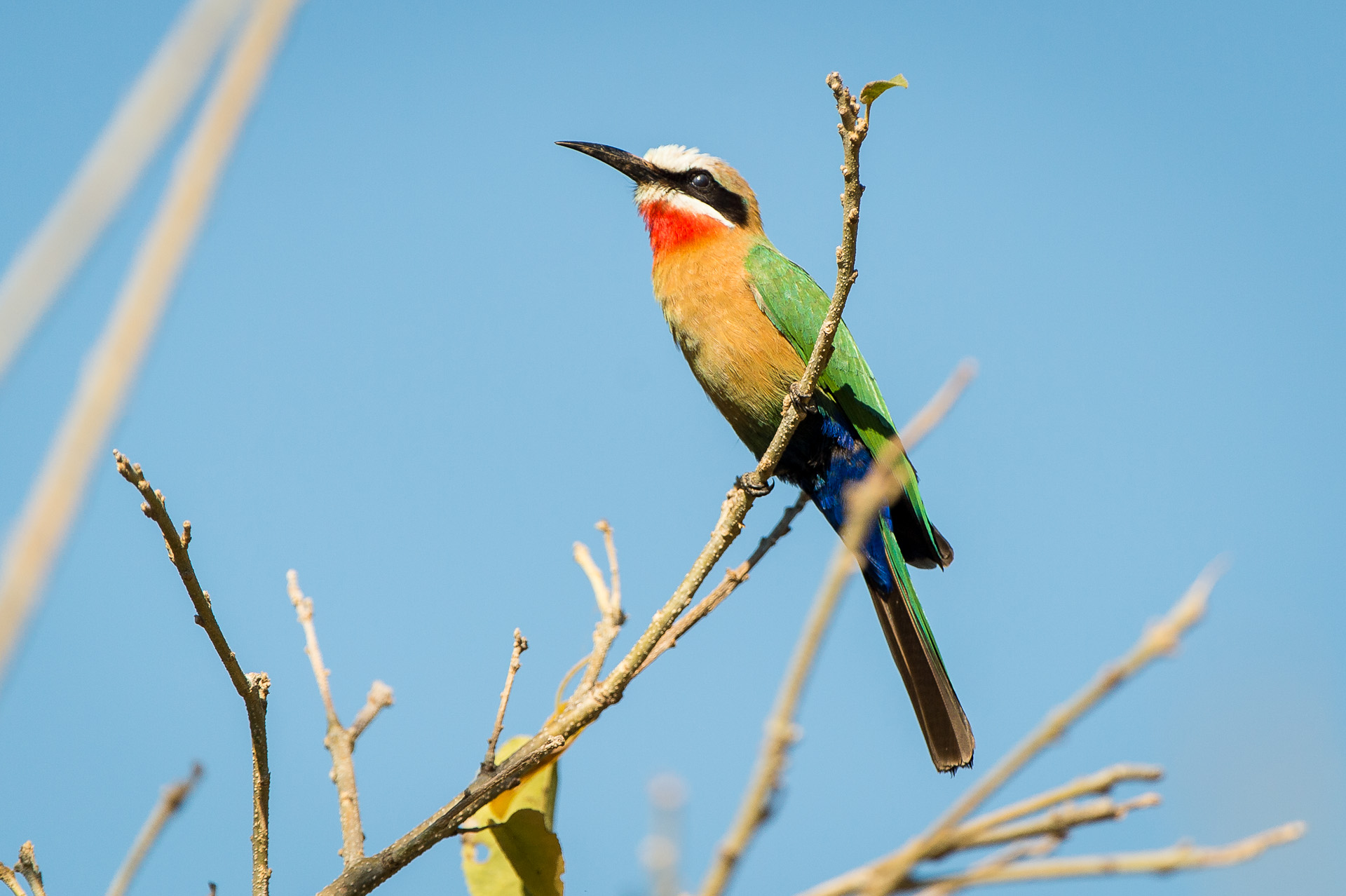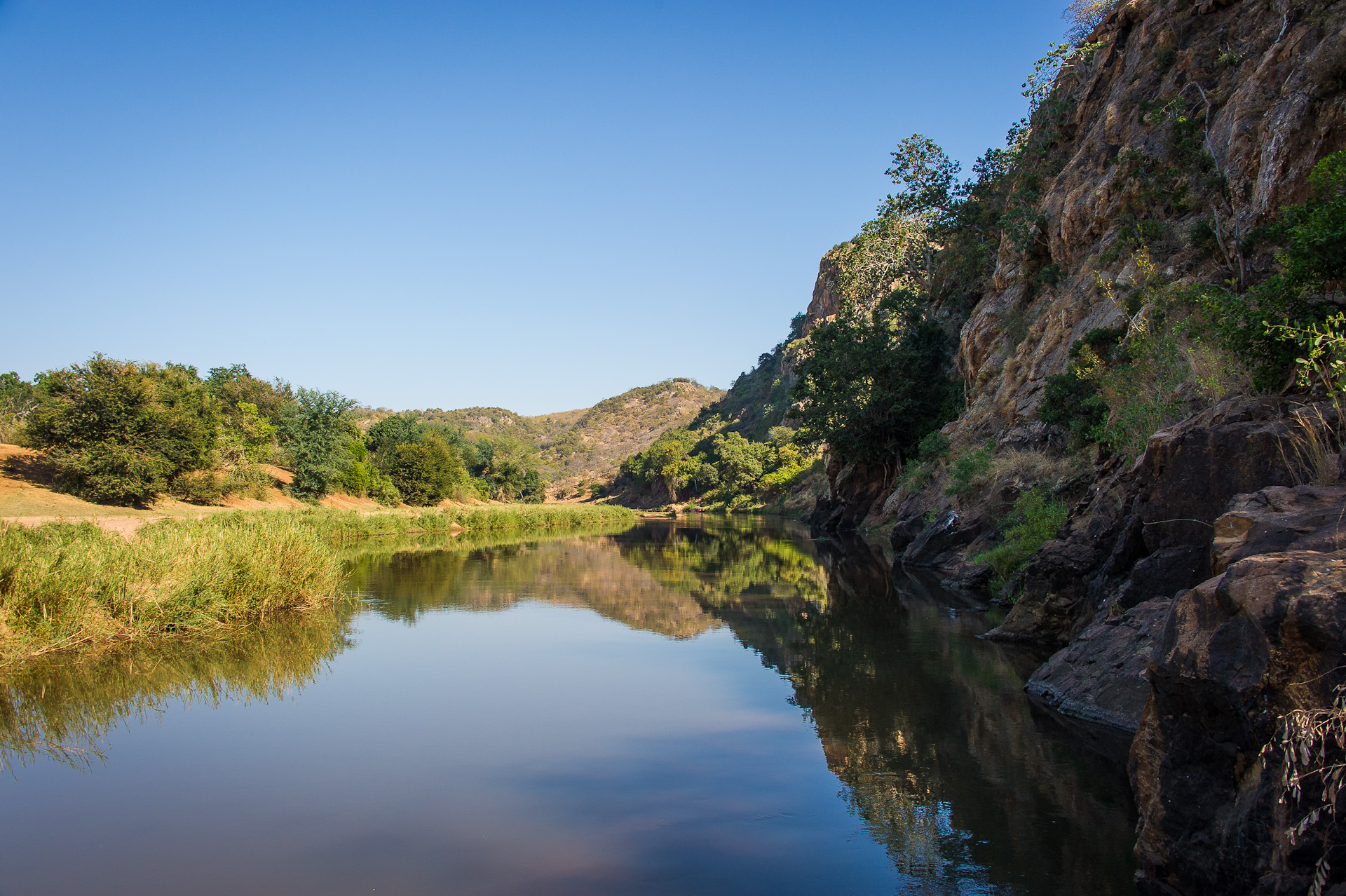Our two luxury lodges, The Outpost Lodge and Pel’s Post are situated in the northernmost part of the Kruger National Park, South Africa. This region is bisected by the tropic of Capricorn and boasts a hot, subtropical climate that makes it a worthy destination to visit all year round. However, when planning your safari getaway it’s wise to do a bit of research on when to go to get the experience you are looking for as each season offers something unique.
SUMMER (November-March)
Summer in the Kruger is extremely hot and humid with temperatures hitting 40°C and higher during the day. This is also the rainy season with rainfall generally presenting in the form of thunderstorms. The summer months bring full waterholes and river beds and lush bushveld, as well as lots of newborn life – the impalas start to drop their lambs from late November. However, game viewing can be slightly trickier in summer as the vegetation becomes dense making it a little harder to locate wildlife. However, birding is excellent during this time as the summer migrant birds arrive, like the broad-billed roller, and the baobabs have their peak flowering season in November, which is a sight to see!
AUTUMN (April-May)
As autumn arrives, the bush starts changing from lush green vegetation to sparse, browning bush. The days are still very warm, with temperatures in the 30s, but the nights start cooling down significantly. The rain dissipates after March but every now and then there will be an afternoon thunderstorm. The elephant populations start to increase around this time as they move in from further south of the Kruger in search of food and water.
WINTER (June-August)
The winter months bring a cooler and drier climate. Daytime temperatures are pleasant and range from 26°C to 28°C. However, the temperatures at dawn and dusk are chilly and range from 9-13°C, so it is important to pack warm layers. With very little rain in winter; the bush dries back, the grass becomes low and the trees become sparse making it easier to spot game – this is the best season for walking safaris. In addition, the animals become more dependant on watering holes so the game viewing opportunities improve as the watering spots become a hive of activity in the mornings and evenings. The elephant populations are at their peak at this time of the year. The night skies are especially clear during winter and the stars are breathtaking.
SPRING (September-October)
Once the Knobthorn trees begin to flower, we know spring has sprung and some of the migrant raptors start to return to the area ahead of summer. The dry season is at its peak during these months and the daytime temperatures sit at about 28-32°C, cooling at dusk and dawn to 12-16°C. The wet season approaches toward the end of October as the first rains start and the elephants move south again.







